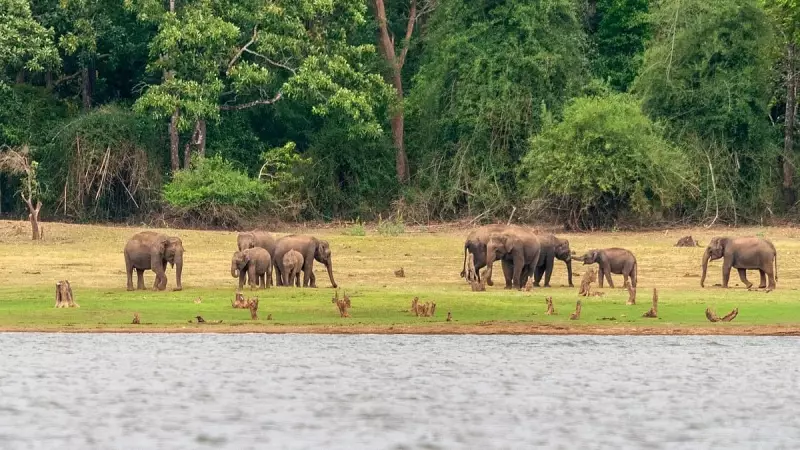
Senior forest officials in Karnataka are facing criticism for their noticeable absence from areas experiencing intense human-animal conflicts, raising questions about the effectiveness of the state's wildlife management strategies.
The Growing Concern Over Official Absence
Wildlife activists and conservation experts have expressed serious concerns about the missing presence of top-ranking forest department officials in regions where human-animal conflicts are most severe. According to reports from November 2025, these absences are occurring despite increasing incidents of wildlife encounters across Karnataka's forested regions.
The conflict has escalated to the point where local communities are demanding more proactive involvement from senior officials who can make immediate decisions and coordinate effective response measures. Activists argue that having experienced officials on the ground could significantly improve response times and potentially save both human and animal lives.
Department's Defense and Current Situation
The Forest Department's top administration has countered these allegations by asserting that all 13 forest circles in Karnataka have adequate senior officials deployed on the ground. Department representatives maintain that their current staffing and deployment strategies are sufficient to handle the escalating human-wildlife conflicts.
However, this claim contradicts observations from field workers and local communities who report that crucial decision-makers are often unavailable when immediate interventions are required. The department's stance has created a significant gap between official statements and ground reality, according to conservationists monitoring the situation.
Impact on Conflict Resolution and Public Safety
The absence of senior officials from conflict hotspots has practical consequences for both wildlife conservation and public safety. Wildlife activists emphasize that the physical presence of experienced officers in conflict areas enables faster decision-making and more effective deployment of resources during critical situations.
Without this leadership on the ground, mitigation efforts often face delays that can prove costly. Local communities living near forest boundaries are particularly vulnerable, as delayed responses can lead to increased crop damage, livestock losses, and in worst cases, human casualties. Similarly, wildlife that ventures into human habitats often faces fatal consequences when interventions are not timely.
The situation highlights the ongoing challenge Karnataka faces in balancing wildlife conservation with human safety, a problem that requires both immediate tactical responses and long-term strategic planning from experienced forest department leadership.





